135 CD / Welte Mignon Mystery: Felix Mottl
Description
This is not an historical recording. Yet mysteriously the music is performed in an interpretation which is historically authentic down to the last detail. The key to this mystery is: the original performer was present at the recent recording session, but not physically: the music is heard on a modern Steinway. Never has music stored in the Welte-Mignon system sounded so "right" or so well. Thanks to TACET′s much-praised recording technique, and because the Welte-Mignon memory system and sound production mechanism have now been newly adjusted for the first time by the leading expert in the field - and are thus able to meet TACET′s requirements. (Welte-Mignon was invented in 1904.) The Welte-Mignon mystery can now speak to us without distortion.
7 reviews for 135 CD / Welte Mignon Mystery: Felix Mottl
You must be logged in to post a review.

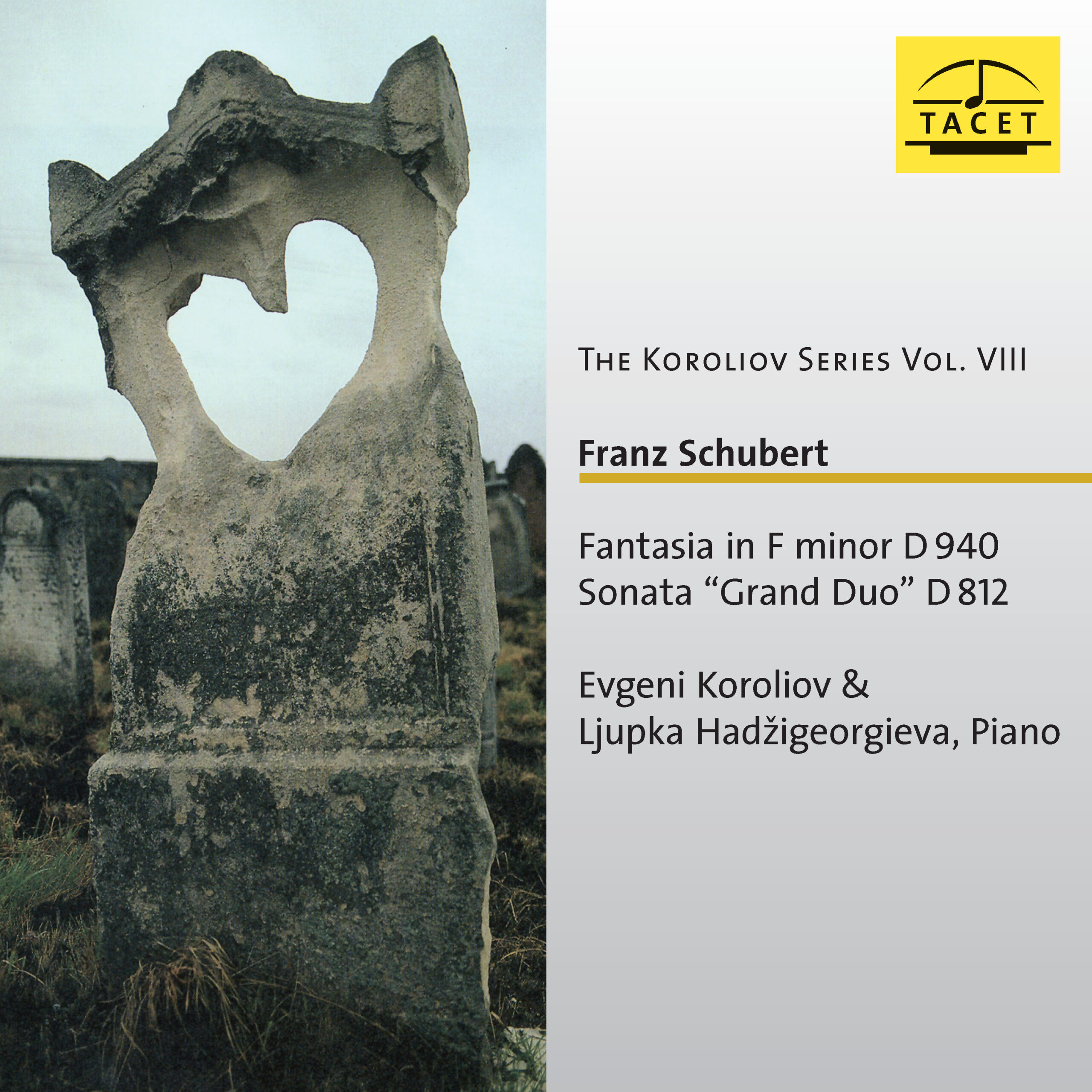
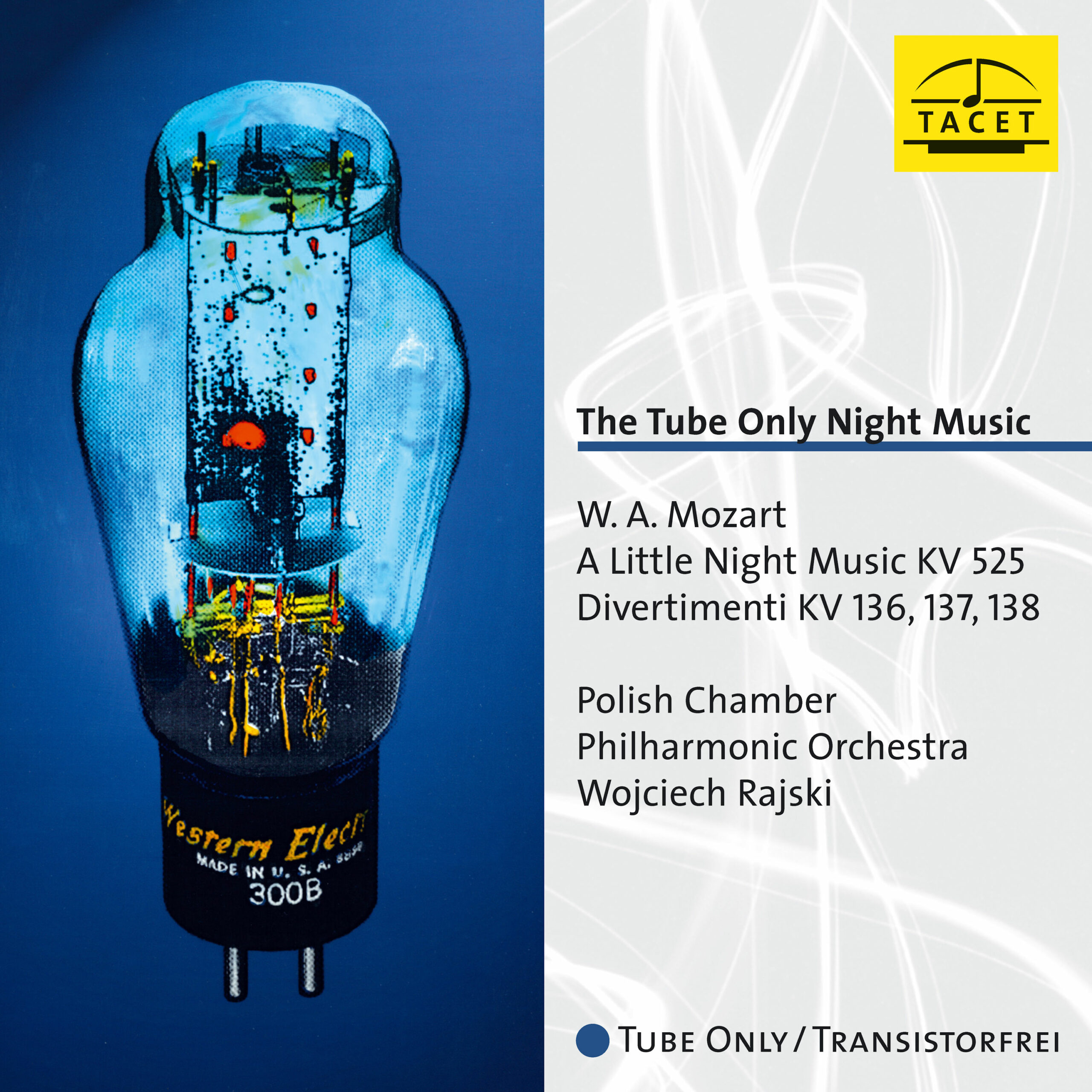
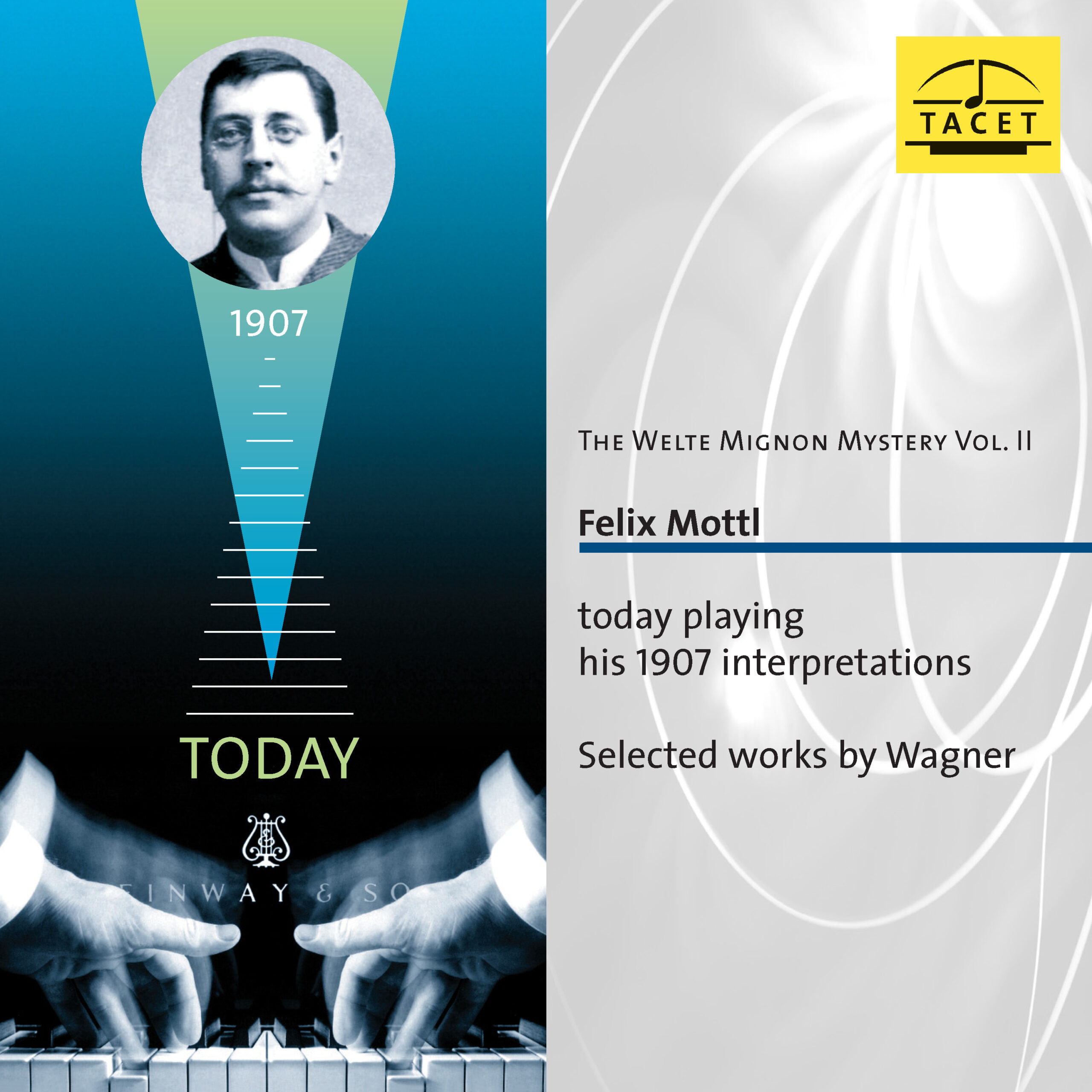
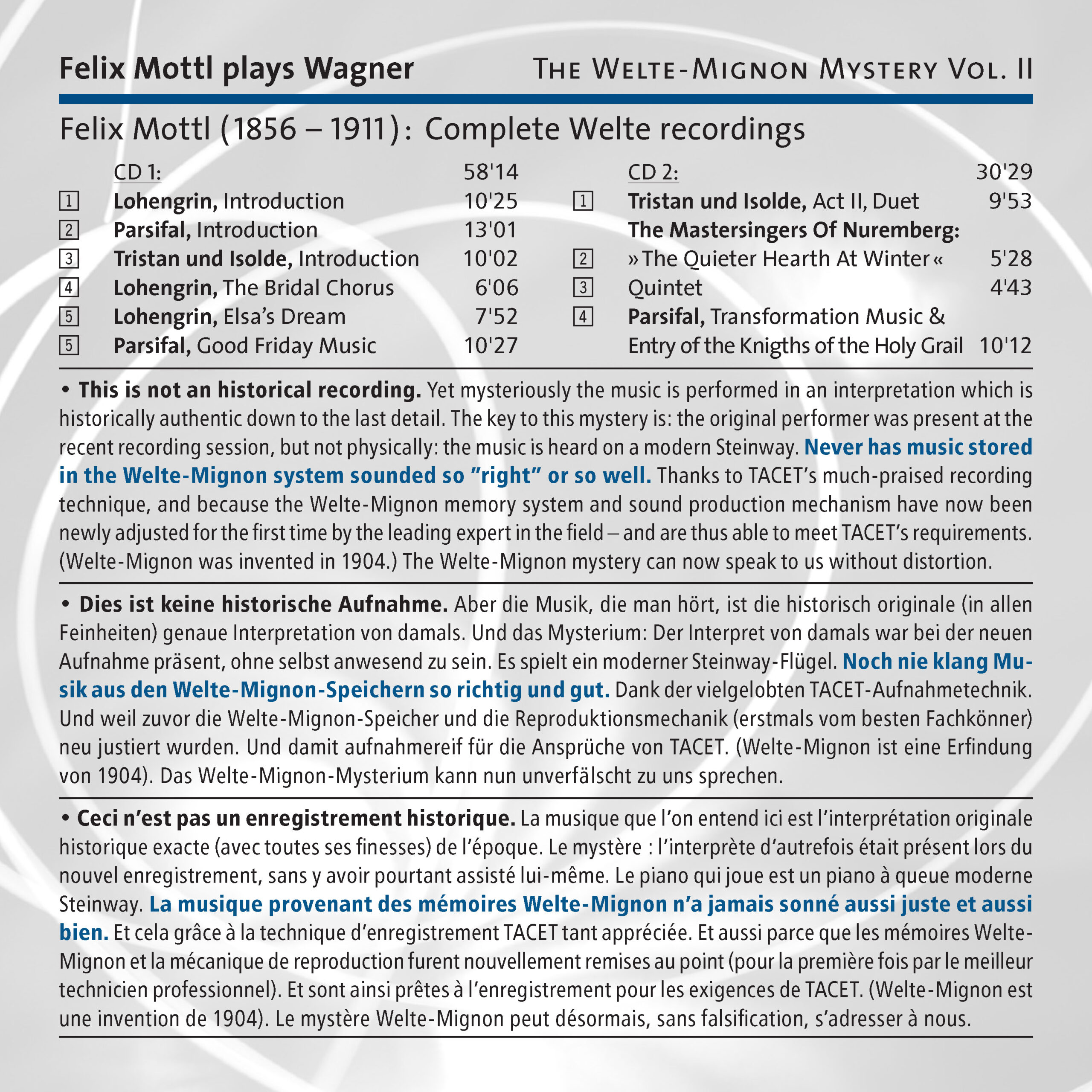


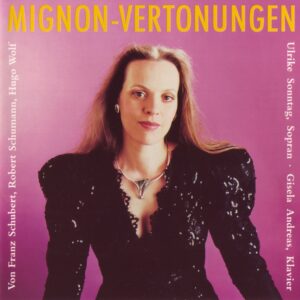
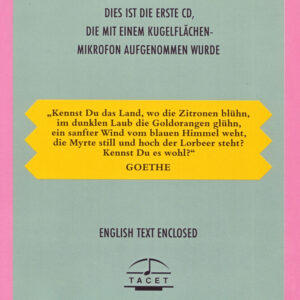
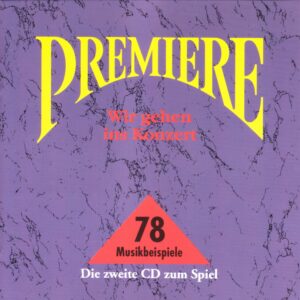

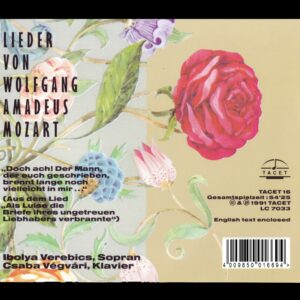
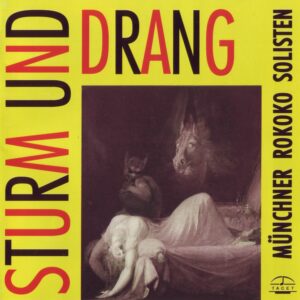
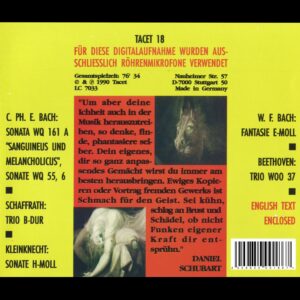
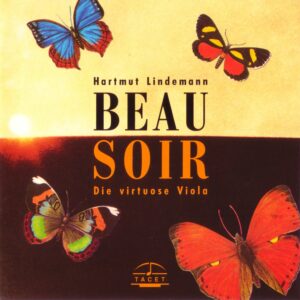
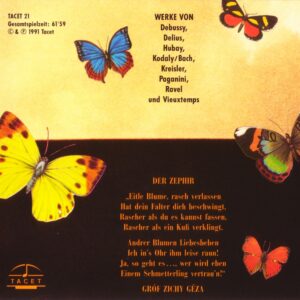
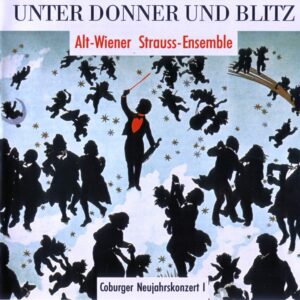
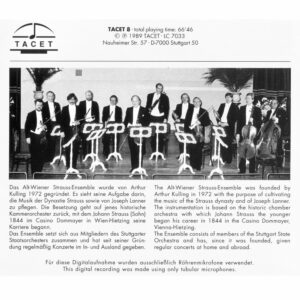
Pianiste –
THE LESSONS OF THE PAST
The Magic of the Welte-Mignon
Debussy, Ravel, Mahler, Einecke, Grieg, Granados… spielen ihre Werke.
Would you like to hear Ravel, Debussy, Strauss, Saint-Saëns, and Reger playing their own works on a modern piano? And how about a "perfect" restoration of the interpretations by the early Horowitz, Fischer, Lhévinne, and Schnabel? The German label Tacet offers an anthology of rolls recorded by the Welte-Mignon system. The system is simple, but the process of reproduction is particularly complex! In fact, the pieces played by the composers themselves were digitized from the device invented in 1904 by the company Welte & Sons of Freiburg. The perforated rolls of the time captured the touch, pedal play, and the finest nuances. Today, all that is needed is to transfer these recordings onto a concert piano.
It is therefore a real shock to hear, in optimal listening comfort, Debussy’s Children's Corner and some Préludes, as well as Ravel’s Sonatine and Valses nobles et sentimentales, all played by the composers themselves. What lessons can we take away from this? First, the astonishing freedom with which these two geniuses approach their scores! It is also true that Ravel’s playing is not always flawless… But if we look beyond the purely technical aspect, we notice the extreme finesse and personalization of their touches. The dynamics are generally soft, with the fingers seeming to merely caress the keyboard. No brutality whatsoever. The clarity and gentleness are astounding. Other examples are equally striking, such as the two volumes dedicated to Brahms’ works interpreted by Nikisch, Lhévinne, Samaroff, Ney, or Chopin’s Etudes played by Pachmann and Paderewski…
The virtuosity of these pianists is staggering, but even more surprising is the passion, the commitment, and sometimes even the coquettishness, the occasional unnecessary ornamentations that some perform almost as if they were tics. From all these master lessons, we learn that the strongest personalities only flourish after a visceral and profound understanding of the works. Schnabel in the waltzes of Josef Strauss and Josef Lanner (who would dare play this today?), Horowitz in 1926 in some Rachmaninoff Preludes, speak to us. Where does the charisma and charm of their interpretations come from? A mystery.
Every year, Tacet releases three or four new CDs from the Welte-Mignon archives. Worth collecting.
S. F.
_________________________________________________
Original Review in French language
LES LEÇONS DU PASSÉ
La magie des Welte-Mignon
Debussy, Ravel, Mahler, Einecke, Grieg, Granados… jouent leurs œuvres.
Vous aimeriez entendre Ravel, Debussy, Strauss, Saint-Saëns, Reger jouant sur un piano d’aujourd’hui leurs propres Oeuvres? Et que diriez-vous aussi d’une restitution « parfaite » des interprétations des premiers Horowitz, Fischer, Lhévinne et autres Schnabel? Le label allemand Tacet propose une anthologie des rouleaux gravés par le procédé Welte-Mignon. Le système est simple, mais le procédé de restitution particulièrement complexe! En effet, les pièces jouées par les compositeurs eux-mêmes ont été numérisées à partir de l’appareil inventé en 1904 par la firme Welte & Fils de Fribourg. Les rouleaux perforés de l’époque ont capté le toucher, le jeu des pédales et les nuances les plus fines. Il suffit aujour¬d’hui de transférer ces témoignages sur un piano de concert.
C’est donc un véritable choc que d’entendre dans un confort d’écoute optimal les Children’s Corner et quelques Préludes par Debussy, mais aussi la Sonatine, les Valses nobles et sentimentales de Ravel sous les doigts des compositeurs. Quelles leçons en retirons-nous? D’abord, l’étonnante liberté de ces deux génies vis-à-vis de leurs partitions! Il est vrai aussi que le jeu de Ravel n’est pas d’une justesse infaillible… Mais si l’on dépasse l’aspect purement technique, on s’aperçoit de l’extrême finesse et de la personnalisation des touchers. Les dynamiques sont généralement faibles, les doigts semblent effleurer le clavier. Sans aucune brutalité. La clarté et la douceur sont stupéfiantes. D’autres exemples sont frappants comme ces deux volumes consacrés à des œuvres de Brahms interprétées par Nikisch, Lhévinne, Samaroff, Ney ou bien les Études de Chopin par Pachmann et Paderewski…
La virtuosité des pianistes est stupéfiante, mais on est plus surpris encore par la fougue, l’engagement, parfois même les coquetteries, les ornementations intempestives que certains provoquent comme des tics. De toutes ces leçons de maîtres, on retient que les personnalités les plus fortes ne s’épanouissent qu’après une compréhension viscérale et profonde des œuvres. Schnabel dans les Valses de Josef Strauss et de Josef Lanner (qui oserait jouer cela aujourd’hui ?), Horowitz en 1926 dans quelques Préludes de Rachmaninov nous interpellent. D’où proviennent le charisme et le charme insensés de leurs lectures? Mystère.
Chaque année, Tacet publie trois ou quatre nouveaux CD des archives Welte-Mignon. À thésauriser.
S. F.
Badische Zeitung –
(…) Performances under Felix Mottl have become lingering legends. Today, our sonic impression of his musical ethos would be far poorer had the piano-proficient conductor not, a century ago, "entrusted" his fascinating interpretations to a specialized roll mechanism in the Welte-Mignon "sound recording studio" in Freiburg. The Stuttgart-based Tacet label now presents these sensational Wagner recordings—from Lohengrin, Tristan, and Parsifal—on a CD, rendered in the pristine sound of a modern Steinway, accompanied by an informative booklet on the challenges of technically reproducing works of art. Thus, Frithjof Haas was able to enrich his performance with authentic timbre, illustrating how the "first modern orchestral conductor" might have realized Wagner’s music with his grand symphonic instrument. (…)
Thomas Lubkowski
AZ –
This Is How Wagner Sounded in 1907 Under Mottl
Now we can glimpse how Wagner’s music resonated around the turn of the century at Munich’s Prinzregententheater. In 1907, the court kapellmeister Felix Mottl sat at a Welte-Mignon piano, which captured the finest nuances of his playing on perforated rolls. Excerpts from Parsifal, Tristan, and Lohengrin can now be heard on a modern Steinway—and it is astonishing how closely these recordings align with contemporary accounts of Mottl’s conducting. His slowness was controversial, yet Richard Strauss praised his “measured, beautiful modifications of tempo.” This perpetual rubato, paired with arpeggiated piano chords, transforms the Tristan duet into something akin to a Chopin nocturne. What strikes most is the romantic elegance of his interpretation—a far cry from the clichéd Wagnerian pathos of yesteryear.
RBR
Pizzicato –
Authentic Echoes of Yesterday
There’s something almost eerie about it: a modern Steinway now brings to life the interpretations of the legendary conductor Felix Mottl (1845–1911), recorded in 1907 using the intricate Welte-Mignon roll system—a process far too complex to summarize briefly (though the included booklet offers a precise explanation for curious listeners).
As a historical document without historical sound degradation, this CD is invaluable—especially since Mottl, a Bruckner pupil and one of Cosima Wagner’s most esteemed conductors, left us these firsthand performances of the preludes to Lohengrin, Tristan, and Parsifal, along with piano arrangements of operatic excerpts.
What surprises most are the exceedingly slow yet richly sustained tempos, relics of an era when Wagner was understood differently—before modern impulses to "declutter" or "streamline" his music took hold. Approach this double CD with an open mind, and you’ll embark on a fascinating, sonically superb journey into the past. Highly recommended listening!
Steff
Crescendo –
The Welte-Mignon Rolls of Félix Mottl, Published by TACET
"Continuing its series dedicated to Welte-Mignon rolls—following a Granados album we reviewed in crescendo no. 75—the label TACET now presents the complete 1907 legacy of the great conductor and pianist Felix Mottl. It is, of course, thrilling to hear the man who was one of Wagner’s most revered interpreters, having virtually made Tristan his own, much like Hermann Levi did with Parsifal—and later, Karl Muck and Hans Knappertsbusch would follow in his footsteps."
Despite the system’s limitations we’ve discussed before, one senses here both profound emotion and certain "tics" already noted in contemporary literature: extreme slowness, bordering on the disintegration of the musical line, a sense of eternity, omnipresent majesty. A pillar of the Bayreuth Festival, Mottl embodies the spirit of the "Holy Institution": whatever work he approaches, he does so with the customary reverence of devout pilgrims on the Green Hill, serving the sacred object with total devotion.
This approach can be heard elsewhere: the shellac recordings of Karl Muck—and, to a lesser extent, Hans Knappertsbusch—also capture this singular spirit. Is such an approach still defensible today? Perhaps not, especially as current trends lean toward devaluing Wagner’s work—dangerously conflating art and politics. Yet it seems essential to me for better understanding the circumstances surrounding the composition, premiere, and early performances of these masterpieces, fraught with so many trials.
These very short discs (could they not have been supplemented with testimonies from other artists?) feature Wagner’s most famous passages: the Preludes to Lohengrin, Parsifal, and Tristan; the Bridal Chorus and Elsa’s Dream from Lohengrin; the Good Friday Spell and Transformation Music from Parsifal; the Quintet from Die Meistersinger. The mere existence of these "recordings" makes them precious relics of an art from which only a few rare fragments remain.
Bernard Postiau
____________________________________________
Original Review in French language:
Les Rouleaux Welte-Mignon de Félix Mottl publiés par TACET
„Poursuivant sa série consacrée aux rouleaux Welte-Mignon, après un album Granados dont nous avons rendu compte dans crescendo n° 75, le label TACET nous offre cette fois l′intégralité du legs réalisé en 1907 par le grand chef d′orchestre et pianiste Felix Mottl. Il est bien sûr passionnant de pouvoir entendre celui qui fut l′un des chefs fétiches de Wagner, s′étant pour ainsi dire approprié Tristan, à l′instar de Hermann Levi qui, lui, se fera le champion de Parsifal, comme le seront Karl Muck et Hans Knappertsbusch après lui.“
Malgré les limitations du système dont nous avons déjà parlé, on sent ici tout à la fois une grande émotion et des „tics“, déjà relevés dans la littérature de l′époque: lenteur extréme, à la limite de la désintégration de la ligne musicale, impression d′éternité, majesté omniprésente, Pilier du festival de Bayreuth, Mottl participe à l′esprit du Saint Etablissement: quelle que soit l′œuvre qu′il aborde, il le fait avec la vénération coutumière des fervents venus en pélerinage sur la colline verte, servant l′objet sacré avec une totale dévotion.
Cette approche peut être entendue ailleurs: les enregistrements sur circ de Karl Muck et, dans une moindre mesure, de Hans Knappertsbusch, restituent également cet esprit si particulier. Une telle démarche est-elle encore défendable aujourd′hui? Peut-être pas, d′autant que la mode du temps est à la dépréciation -mêlant dangereusement art et politique- de l′œuvre wagnérienne. Mais elle me semble indispensable pour mieux comprendre les circonstances de la composition, de la création et des premières représentations de ces chefs-d′œuvre aux mille vicissitudes.
On trouvera dans ces très courts disques (n′aurait-on pas pu les compléter avec les témoignages d′autres artistes?) les pages les plus célèbres de Wagner: Préludes de Lohengrin, Parsifal et Tristan, Chœur des fiançailles et rève d′Elsa de Lohengrin, Enchantement du Vendredi Saint et musique de transformation de Parsifal, quintette des Meistersinger. Le seul fait que ces „bandes“ existent les rend précieuses sur un art dont il ne nous reste que quelques rares bribes.“
Bernard Postiau
klassik.com –
--> original review
(…) diese musikalische Zeitreise in Sachen Wagner ist eine sehr spannende Angelegenheit.
WDR 3, Mosaik am Samstag –
Mottl, born in 1856 near Vienna, was one of the most ardent pioneers of the first Bayreuth Festival, where he made his conducting debut in 1886. After years leading the Philharmonische Verein Karlsruhe, he became General Music Director in Munich in 1903, where he died on July 2, 1911.
We can rightfully attribute a high degree of authenticity to his Wagner interpretations. After Richard Wagner’s death, Cosima Wagner herself appointed Mottl to conduct her new production of Tristan in Bayreuth in 1886. He remained her musical advisor and led all Tristan performances until 1906, along with productions of Tannhäuser, Lohengrin, and The Flying Dutchman. The slow tempos later associated with Hans Knappertsbusch in recording history actually trace back to Cosima Wagner’s sonic ideals. Yet she demanded not only expansive pacing but also crystal-clear textual articulation—and Mottl’s phrasing appears to adhere precisely to this vision.
Christoph Vratz